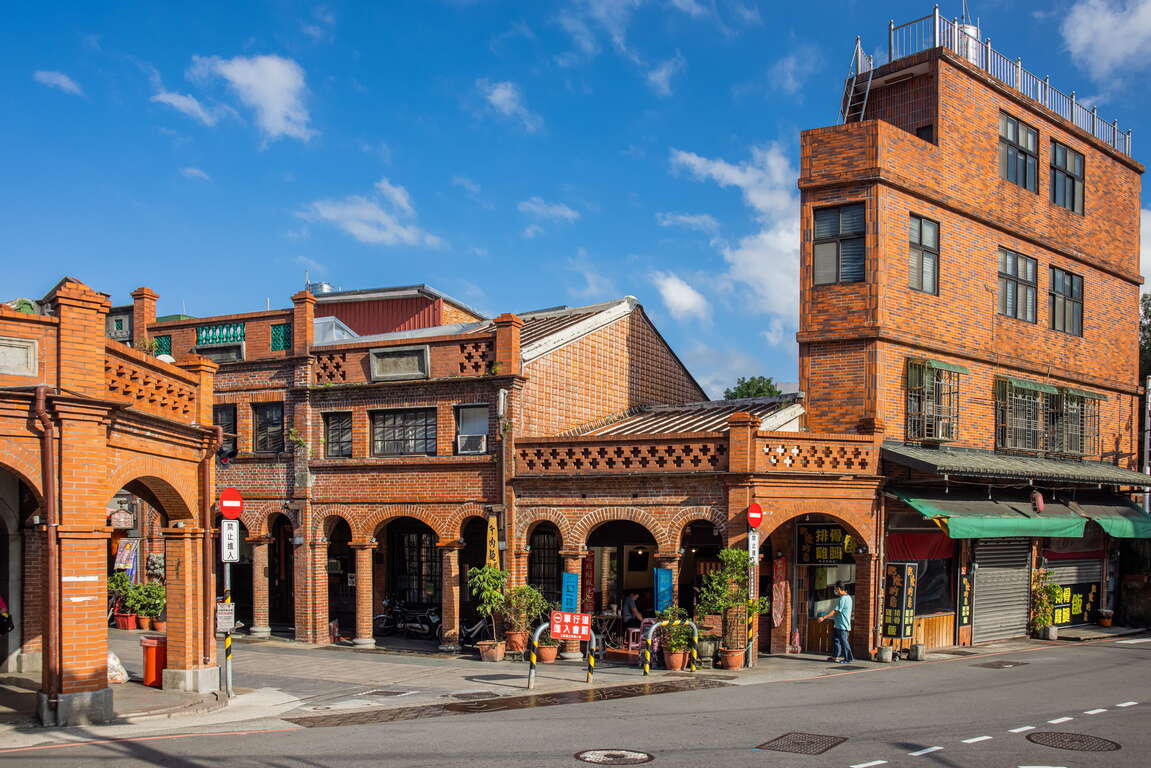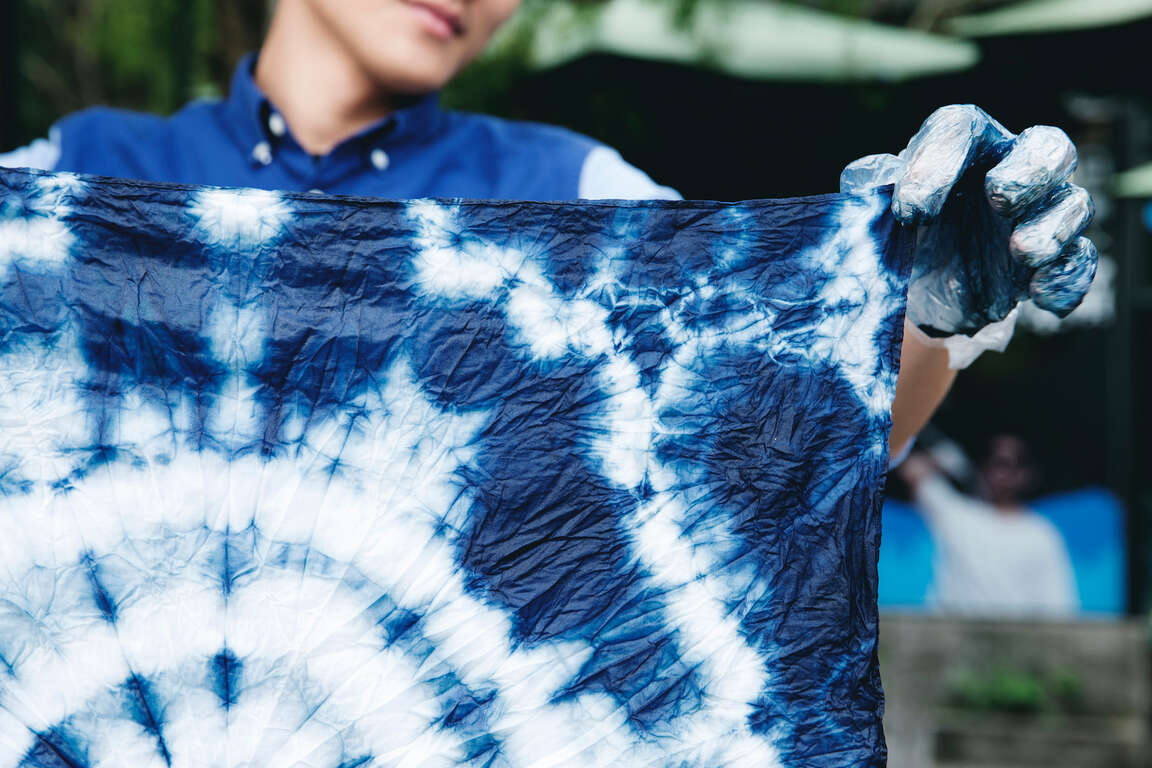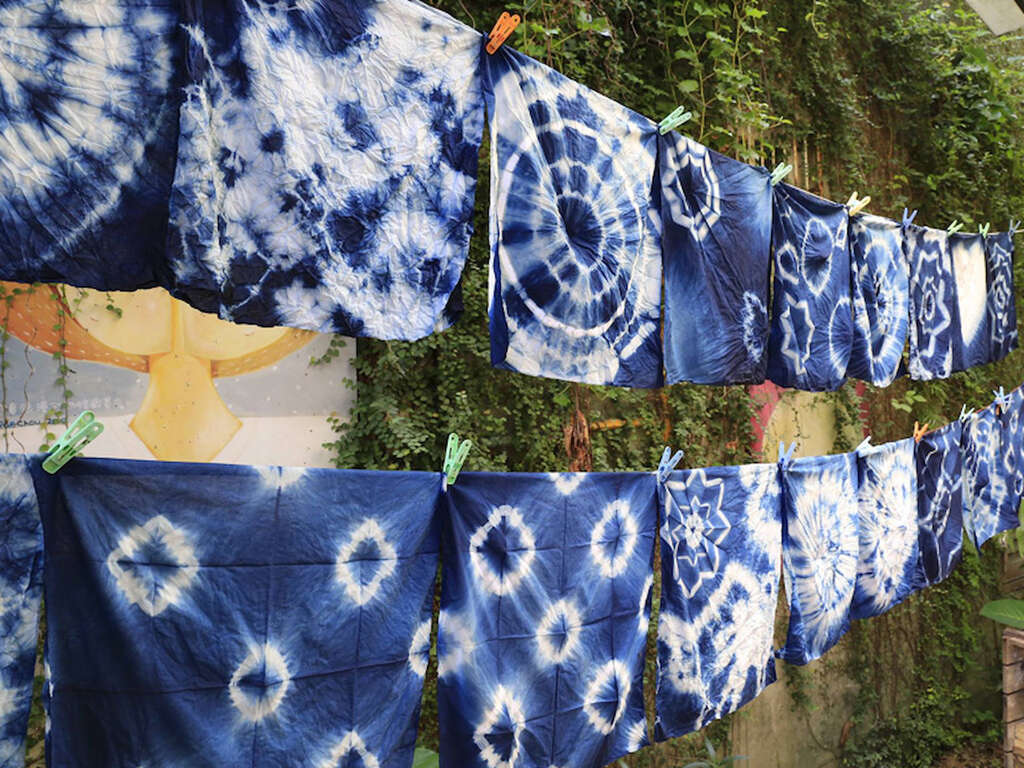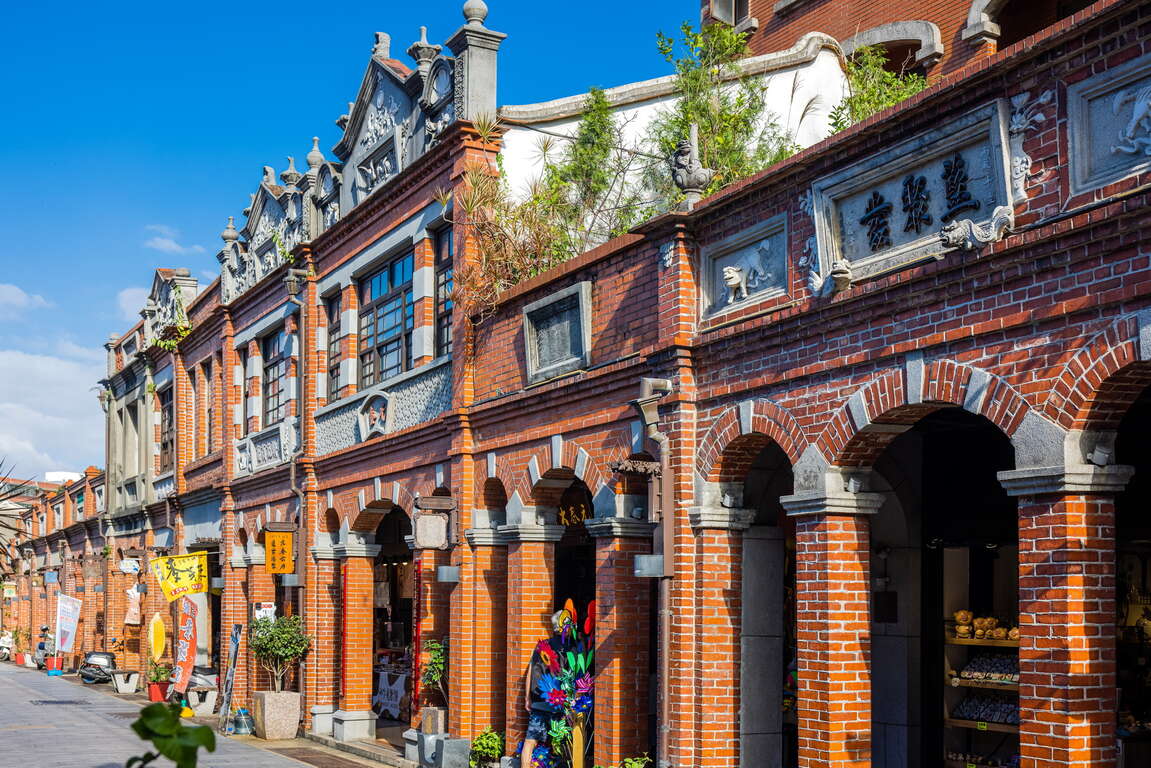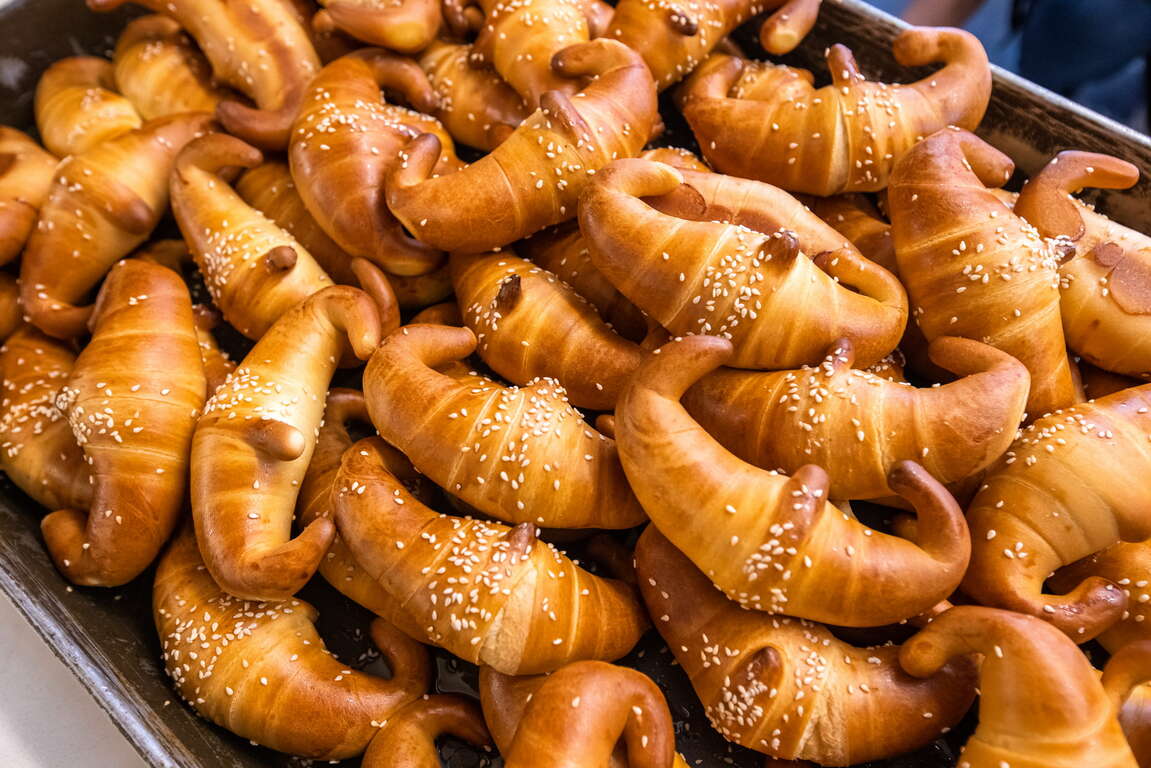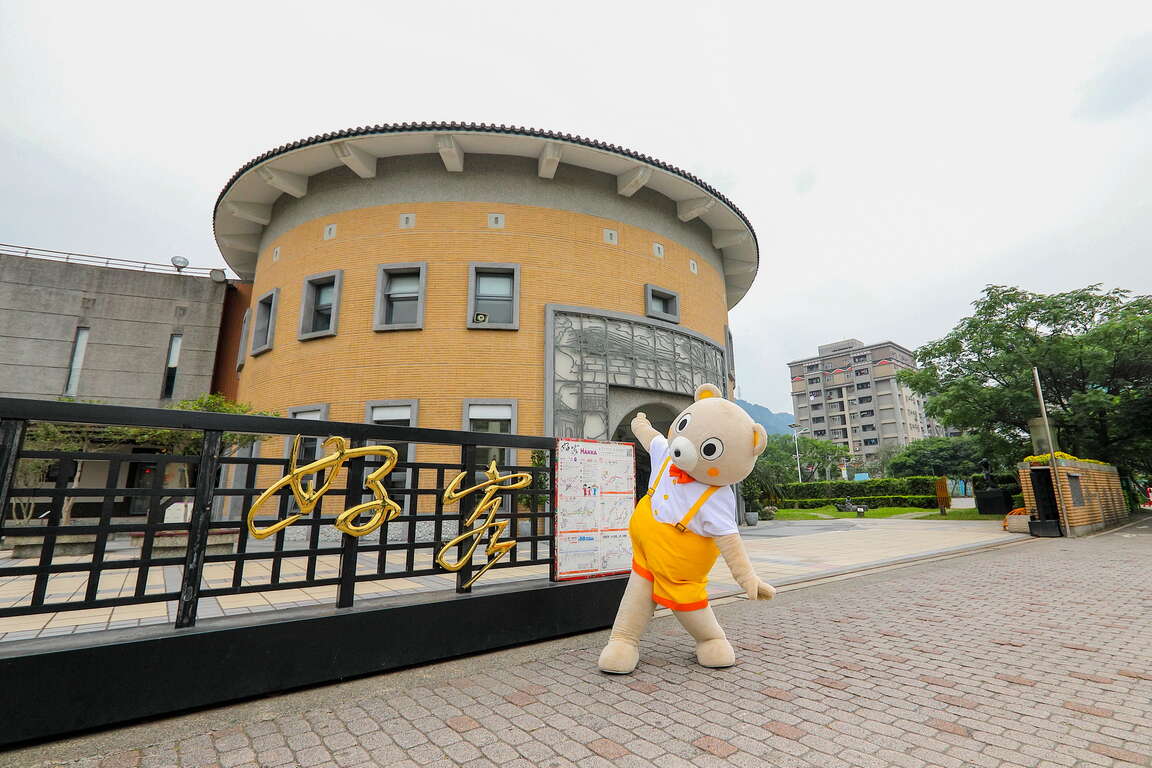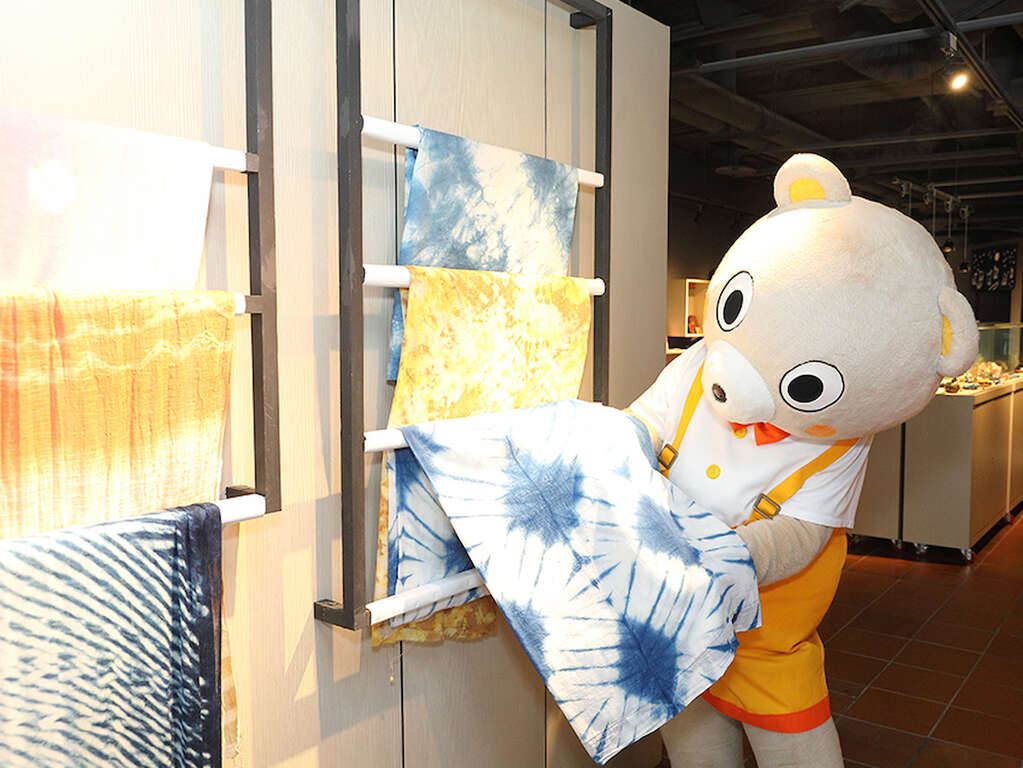CAN Culture, Art and Nature
The “CAN Culture, Art and Nature”located in Sanxia Old Street is reestablished from old houses, and periodically hosts music, plays and photography exhibitions. It is an arts and cultures display area built by a group of youngsters. They issued independent magazines, operate performance platforms and cared for the land and people through real actions. The place is suited for a drink of coffee, a tasty meal and feeling the energy of creativity.
